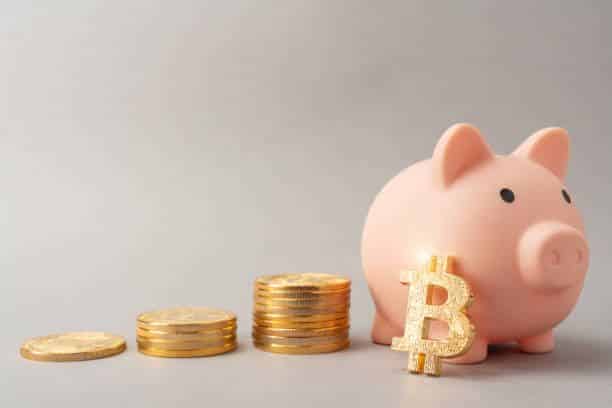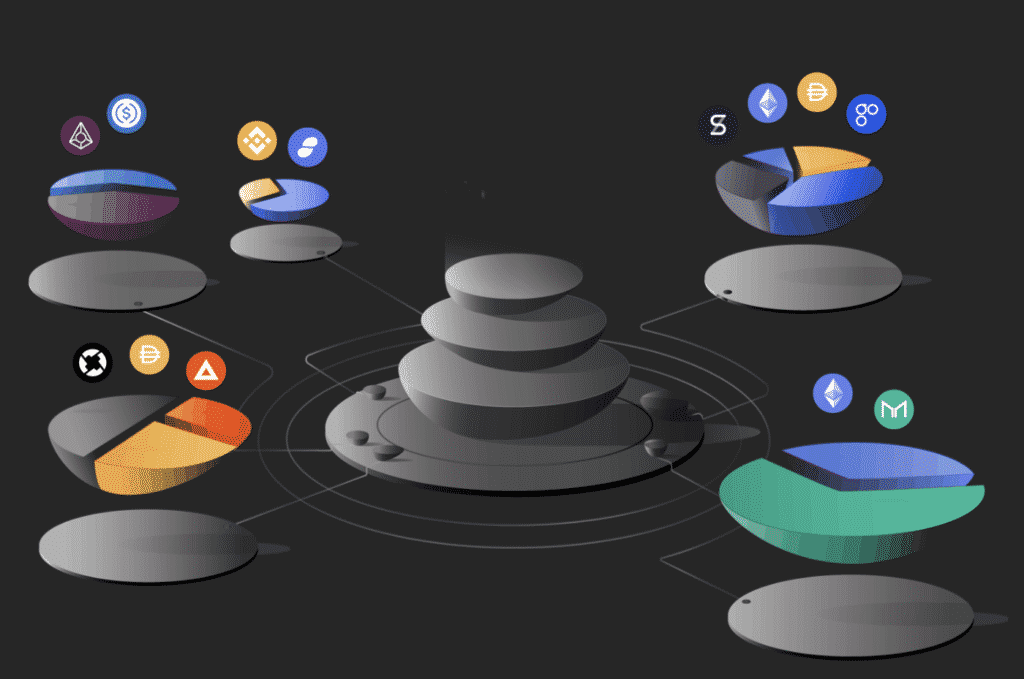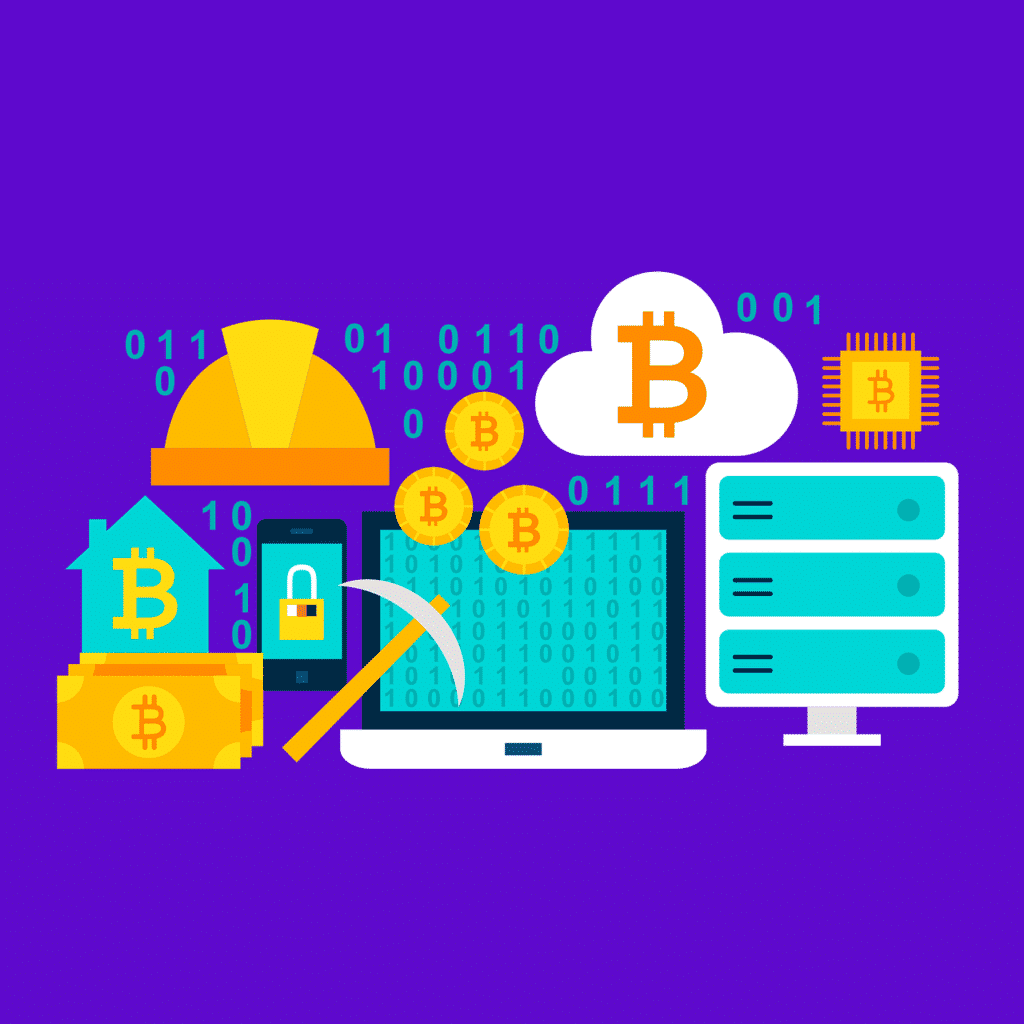
‘Holding on for dear life’ or HODLing has generally been seen as the easiest and no-frills method of making money in cryptocurrencies. You simply choose a coin you believe will appreciate over time, pick a wallet to store it in, and call it a day.
However, there’s only one problem with this strategy: you can only profit when you eventually sell, and that’s only assuming the coin is worth more than when you bought it.
Therefore, in the meantime, your crypto assets remain idle. Well, fortunately, investors now have access to a wide range of income generators allowing them to earn passive income with as little effort as they would through HODLing.
This article will provide the top 5 tried-and-tested ways to earn passive income in crypto. What’s more, these methods are relatively simple, and most don’t require ridiculous loads of money as with something like joining a crypto investment fund.
Staking

Staking has remained one of the bread-and-butter avenues for generating passive income. It’s a process used in proof-of-stake (PosS) blockchains that algorithmically confirm transactions on their respective ledgers based on the stake of each node or user.
The network selects the next validator with primary preference to the number of tokens they have locked up. Therefore, the greater your stake, the higher your chances of being chosen, thus increasing your earning potential.
Typically, most staking programs bind you to lock up your assets for a certain period. However, the interest is credited daily or weekly to your account. Solana, Terra, Polkadot, Cardano, and Avalanche are a few of the countless PoS projects which offer staking.
According to the analytics site Staking Rewards, the average APY (annual percentage yield) from 260 digital assets is presently 16.1%. Generally, you should expect a maximum of around 10% with the larger-capped coins.
For stablecoins (which is the safest option), the rate can go up to 20% APY. The smaller-capped coins can go up to 200% or sometimes more. However, the price fluctuation risk can be a lot higher.
Savings accounts

These ‘savings accounts’ function as low-effort facilities that you’d find with a traditional bank, except that you earn slightly better interest since they are crypto-based.
Various providers offer these services, from dedicated lending/borrowing platforms like Nexo, Celsius, and Yearn Finance to exchanges like Crypto.com and Binance.
We could think of these accounts as becoming a lender since the services use your money to fund loans to other borrowers as most financial institutions do. Of course, in return, you are compensated with interest.
With the more established platforms that aren’t decentralized, the returns are typically never above 20% APY.
Yield farming

Yield farming is similar to staking in that you are essentially ‘farming for yields’ or using your crypto to get more crypto.
However, this mechanism refers specifically to DeFi (decentralized protocols), usually decentralized exchanges like SushiSwap and PanCakeSwap, which require funds from investors to maintain their respective liquidity pools.
Users on the platforms trade various assets and pay transaction fees, a portion of which is then distributed to all the liquidity contributors or ‘yield farmers.’
Also, yield farming is characterized by lesser-known and quite volatile altcoins offering some unusually high APYs, which have been reported to be as much as a few thousand percent.
Therefore, depending on the project, yield farming is a bit riskier than staking on well-established blockchains. Somewhat of an alternative to yield farming is holding dividend tokens.
These are usually utility coins that offer holders a slice of the profits generated by a particular service. For instance, with KCS, KuCoin’s native token, you receive a daily-paid dividend taken from 50% of the exchange’s revenue coming through trading fees.
Liquidity mining

Liquidity mining or becoming a liquidity provider (LP) is more or less an extension of yield farming. It requires a slightly more active role than the latter but is based on the same concept.
Again, liquidity provision is implemented primarily on decentralized exchanges that use automated market makers or AMMs. This smart contract-based system trustlessly and mathematically creates liquidity for all the available trading platforms on the platform in question.
A key component is the liquidity pool. As an LP, you deposit a certain number of your own coins for each pair. From the transaction fees paid by the users, you’d earn a slice as a yield based on your contribution to the entire pool.
Like yield farming, liquidity provision can be incredibly lucrative since the interest rates received can be relatively high. However, it is no child’s play mainly because of impermanent loss, which simply describes the risk that LPs may end up with negative returns.
Cloud mining

Cloud mining attempts to reduce the high costs you’d incur by setting up and running your own mining rig. Here, rather than mining yourself, you rent a specified amount of computational power from a provider that will mine on your behalf with their equipment and resources.
This rental comes in the form of an upfront payment with a contract worth a few months or even a few years. You would earn daily or weekly from a portion of the mining rewards generated by the cloud mining service.
Sadly, the potential gains are a lot harder to predict through this channel. Plus, cloud mining has received a lot of bad reps over the last few years because of the many rampant scams.
However, there are a few legitimate providers in the industry. While cloud mining can be more profitable than most of the avenues discussed here, it also comes with other risks.
Curtain thoughts
Overall, every crypto holder’s dream is to get their holdings to work with minimal effort. This article only scratches the surface as many other methods are being used presently.
Despite being passive strategies, we shouldn’t downplay the challenge and risks involved.
Cryptocurrencies are the most volatile financial instrument. Moreover, you will still need to perform thorough research to ensure you are knowledgeably investing in coins with the highest chance of appreciating.







